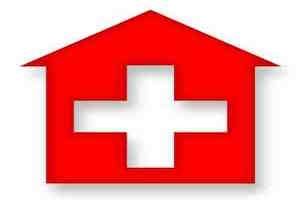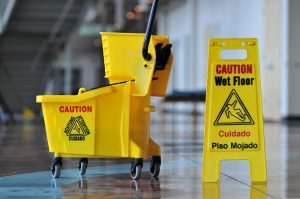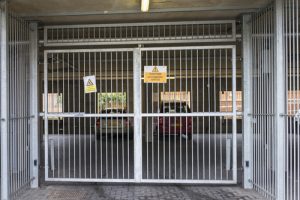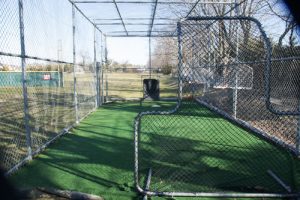When people are injured in accidents because of the negligence of others, they are entitled to recover damages for their economic and noneconomic losses. However, in cases involving multiple defendants, the jury may allocate different percentages of fault to each defendant. The defendants will then be responsible for paying their percentage of fault for the noneconomic losses. In Schreiber v. Lee, Cal. Ct. App., Case No. A149969, the California Court of Appeal considered a case involving multiple defendants and the apportionment of fault when the plaintiff settled with some of the defendants before trial for more than what the jury awarded to the plaintiff at trial.[1]
Factual and procedural background
Stephen K. Lee built a three-unit apartment building with the units above garages. When he constructed the building, he installed skylights in the floors of the decks of the apartments to allow light into the garages. Marthe Schreiber had lived in one of the units since 1980. Because she was concerned that the skylight in her deck’s floor was unsafe, she had never walked on it. She installed flower boxes around its perimeter to keep visiting children off of the skylight. In 2013, Schreiber was working with her employee to plant flowers in the boxes around the skylight. She tried to hand the worker a six-pack of flowers by reaching across the length of the skylight. When she did so, she lost her balance and fell through the skylight, suffering serious injuries.
 California Accident Attorneys Blog
California Accident Attorneys Blog




 The California Supreme Court recently ruled in
The California Supreme Court recently ruled in  Automatic gate accidents in Los Angeles can cause serious injuries or deaths. In these types of cases, there are several parties that might be liable. The property owners or lessors may be responsible if they negligently retain or repair the gates or if the knew or should have known about an existing defect and failed to repair it. If the automatic gate failed because of a defective part, the part’s manufacturer may be liable to pay damages. Finally, people who are injured in gate accidents may also share liability. In Park v. Oh, Los Angeles Superior Court Case No. BC569323, the plaintiff and the property owner shared liability.
Automatic gate accidents in Los Angeles can cause serious injuries or deaths. In these types of cases, there are several parties that might be liable. The property owners or lessors may be responsible if they negligently retain or repair the gates or if the knew or should have known about an existing defect and failed to repair it. If the automatic gate failed because of a defective part, the part’s manufacturer may be liable to pay damages. Finally, people who are injured in gate accidents may also share liability. In Park v. Oh, Los Angeles Superior Court Case No. BC569323, the plaintiff and the property owner shared liability.
 Property owners and operators in California owe duties of care to protect people who are legally present on their properties from dangerous conditions. Property owners must either know about the existence of the hazardous condition or should know about it for liability to attach. They must take steps to correct hazards about which they know or should have known and to warn visitors to their property about their existence. In Lefebvre v. NC Valley Baseball, LLC, Stanislaus County Superior Court No. 2019247, the court considered the concepts of notice and of assumption of the risk in a case involving a man who was injured at a batting cage by a baseball.
Property owners and operators in California owe duties of care to protect people who are legally present on their properties from dangerous conditions. Property owners must either know about the existence of the hazardous condition or should know about it for liability to attach. They must take steps to correct hazards about which they know or should have known and to warn visitors to their property about their existence. In Lefebvre v. NC Valley Baseball, LLC, Stanislaus County Superior Court No. 2019247, the court considered the concepts of notice and of assumption of the risk in a case involving a man who was injured at a batting cage by a baseball.